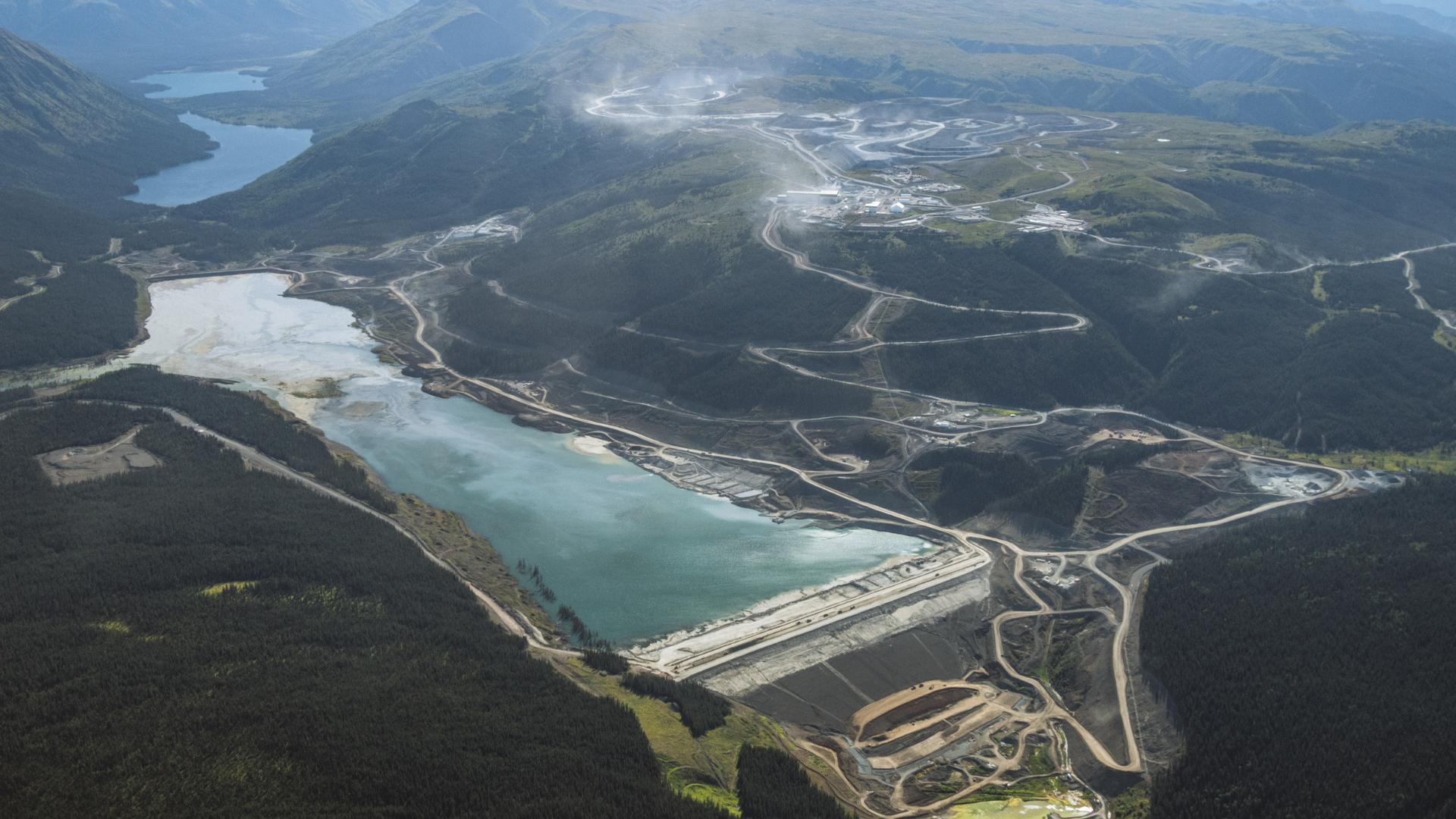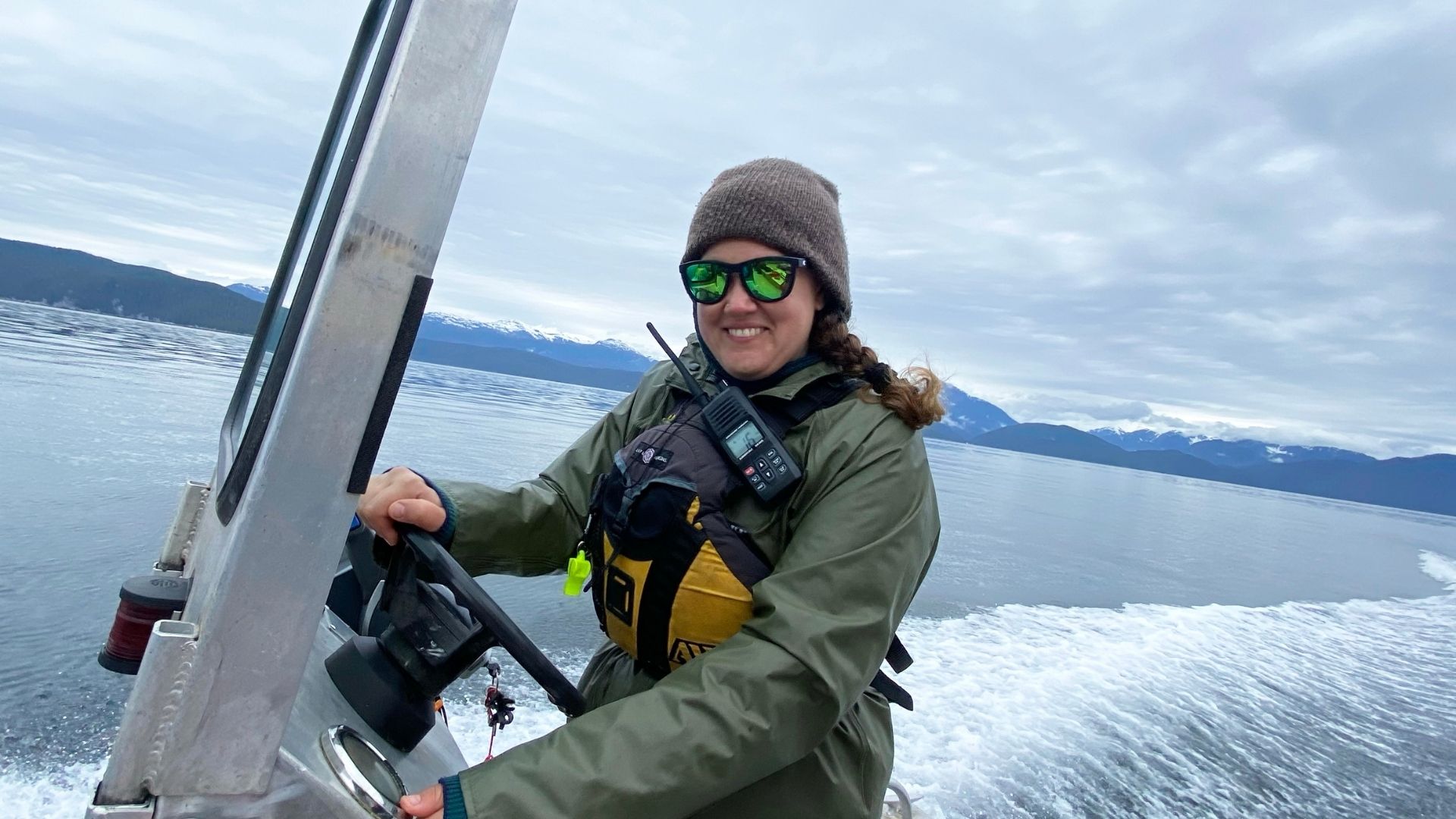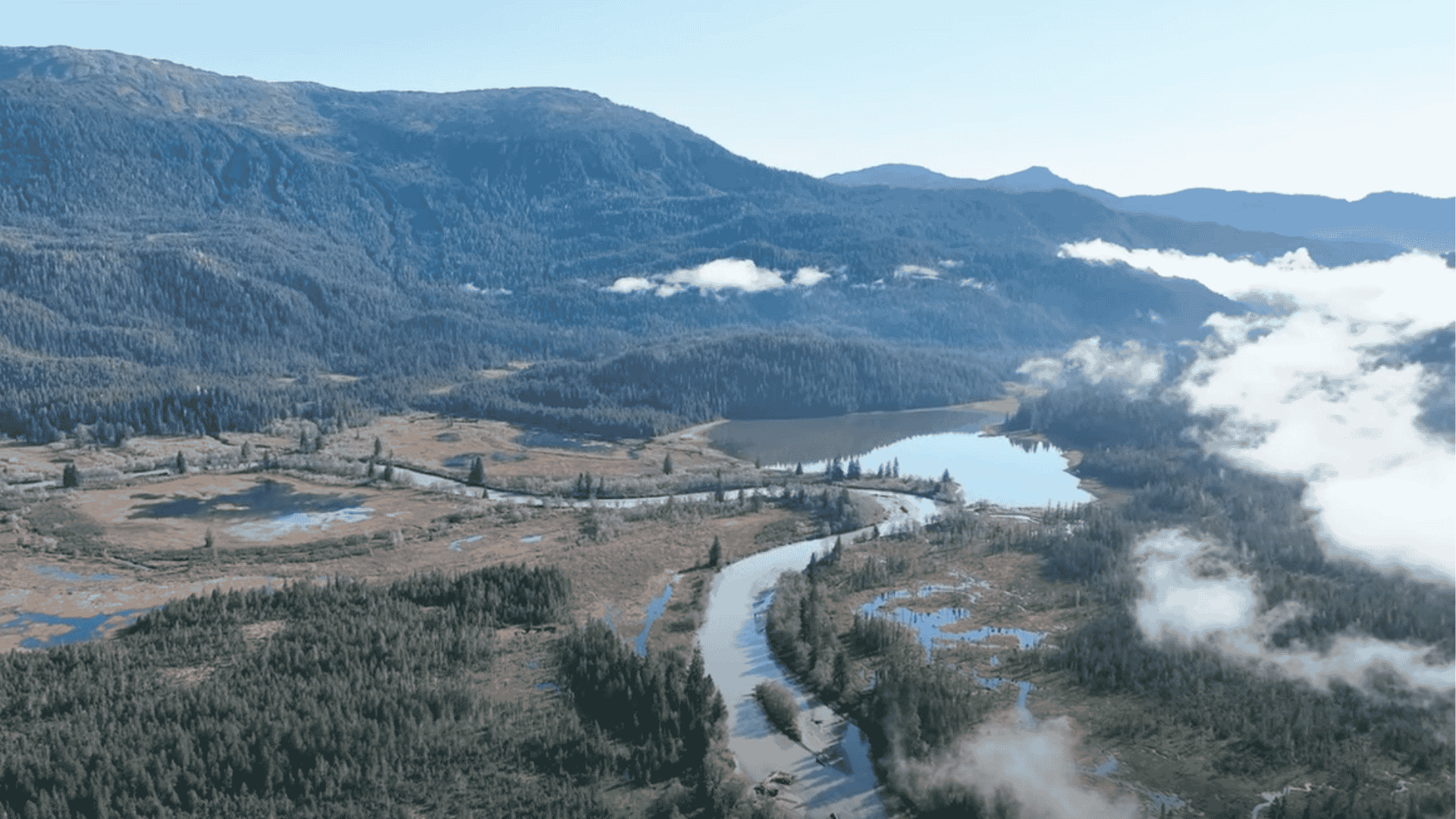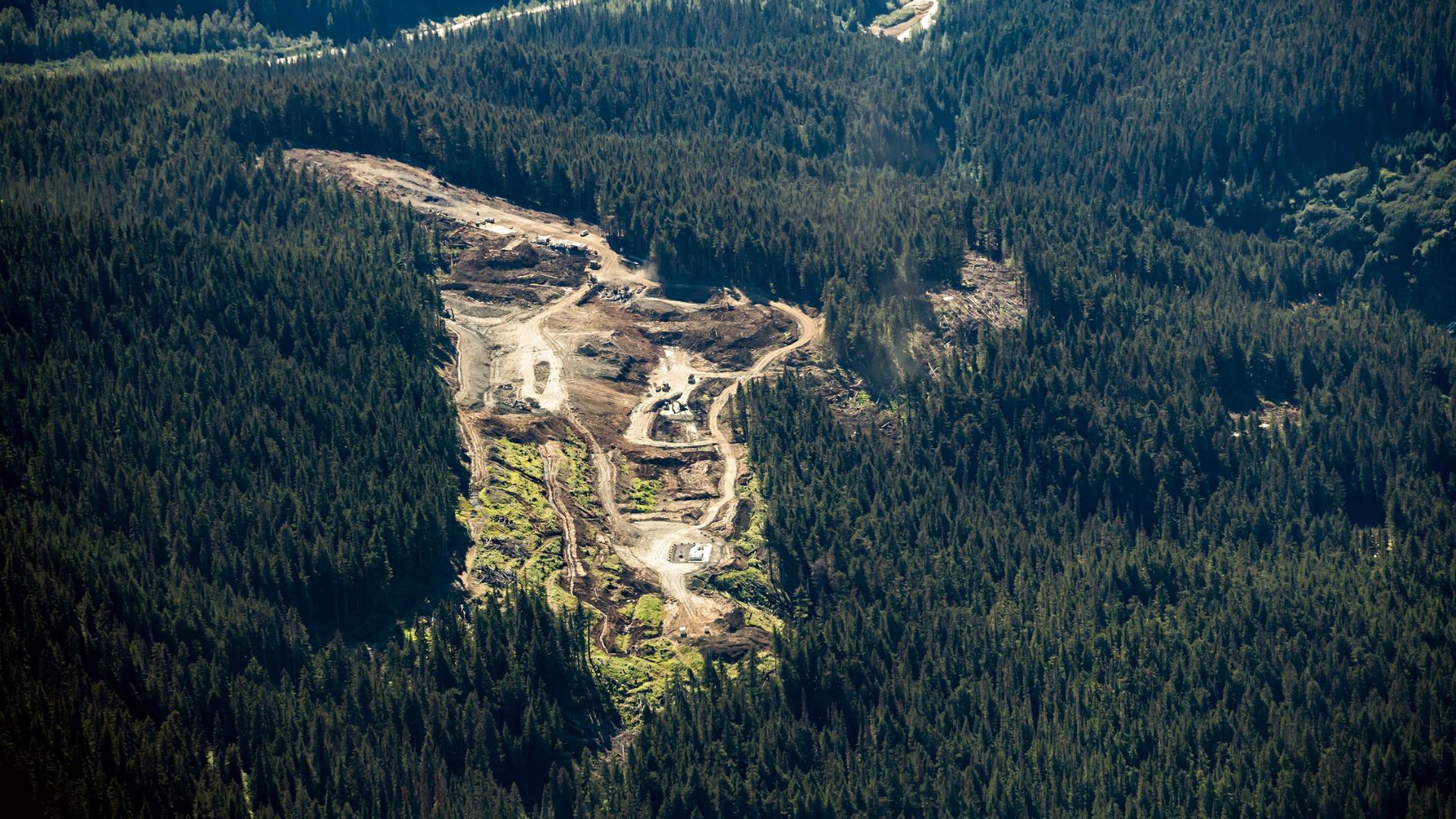Mining Updates
October 2023 – Mining Updates
October has been a busy month for BC mining. Here we give you a quick rundown of what’s been happening.
“Mining 101”: SkeenaWild brings mining education to First Nations leaders
A few weeks ago, SkeenaWild and the Gitxsan Laxyip Management Office held a “Mining 101” education seminar for Gitxsan Nation Hereditary leaders. Presentations were offered by a range of experts, including geologists, lawyers, exploration project managers, mine engineers, conservation biologists, and First Nation resource managers. Many important topics were discussed, like opportunities for mining law reform, mine design best practices, implementing Indigenous Rights into mining, science-based mining governance, baseline data collection and environmental monitoring, and examples of how other First Nations are managing mining and protecting environmental values.
Gitxsan ancestral territory encompasses about 35,000 km2 of the Skeena watershed, including areas near the headwaters of the Nass and the Skeena Rivers. There is current coal and mineral exploration interest on Gitxsan territory, and there may be more in the future as BC pursues expanded mining of critical minerals. The Mining 101 workshop is one example of how SkeenaWild is working closely with the Gitxsan to develop strategies and pursue opportunities for responsibly managing our shared land and water.
A win for responsible mining: No more “free entry” system! (BUT, there’s still more work to be done.)
In a landmark court decision released late in September, the BC Supreme Court ruled that BC’s “free entry” mineral claim-staking regime is unconstitutional and gave the provincial government 18 months to start, including First Nations consultation, before granting mineral tenures. The ruling is a result of the Gitxaala and Ehattesaht Nations’ joint legal challenge of one of BC’s oldest colonial laws.
This decision creates momentum for much-needed systemic change. In addition to supporting First Nations’ rights to consultation and consent, SkeenaWild will advocate for better environmental protections to be included in the Province’s reform of the Mineral Tenure Act.
The Court’s decision was not all good, however. It ruled BC’s Declaration on the Rights of Indigenous Peoples Act (DRIPA) is not enforceable as law and left automatic claim-staking intact during the 18-month reform period – which opened things up to a modern-day ‘gold rush’. Gitxaala Nation recently filed their appeal on these issues.
Have your say! British Columbia is seeking public input on a “Critical Minerals Strategy.”
The concept of “critical minerals” is popping up in the mining sector and in the news more and more every day. The term refers to minerals that may be needed for electric transportation, batteries, and technologies like smartphones that are at risk of supply chain disruption. Widely seen as an opportunity for new mining exploration and development, critical minerals mining may assist with the global transition away from fossil fuels. However, it could also cause widespread and irreparable ecosystem damage.
BC is seeking engagement on its strategy for the mining of critical minerals. Still, its discussion paper falls short in discussing the costs of more mining or other ways we can move away from fossil fuels. Engagement from YOU is needed to encourage a strategy that is more sustainable.
– Deprioritize new coal and gold mines, neither of which are needed for renewable energy.
– Put greater focus on reducing overall demand for minerals (e.g., via public transport, urban design), recycling, and re-mining old mine sites rather than simply on building new mines.
– Balance critical minerals mining with other land use priorities, such as Indigenous land use plans and Indigenous Protected Areas, protecting critical and emerging salmon habitat, and meeting biodiversity targets.
– Meet long-standing community requests for an industry-pooled disaster fund and invest in reducing and more safely managing tailings waste and water contamination from BC mines.
Online discussion and written submission are now closed. First Nation engagement is open here.
In winter 2024, we can expect the ‘What We Heard’ report and, subsequently, the Critical Minerals Strategy to be released.
Want to learn more about our Mining programs?
Learn more about SkeenaWild
Other News

New Report Highlights Red Chris Mine’s Impacts and the Path to Responsible Mining in Northwest BC
SkeenaWild Conservation Trust’s independent investigative report illuminates key environmental concerns related to mining in northwest BC. The Red Chris Mine, an open pit copper-gold mine…

SkeenaWild Announces Julia Hill Sorochan as New Executive Director
SkeenaWild Conservation Trust is proud to introduce Julia Hill Sorochan as its new Executive Director. Following an extensive selection process by the Board of Trustees,…

Ecstall River Monitoring Update
In early fall 2022, a massive landslide tore through the Ecstall River watershed, sending a wave of rock, debris, and sediment downstream. The slide reshaped…

Addressing Seabridge Gold’s Misrepresentation of Key Facts
KSM Mine Update Addressing Seabridge Gold’s Misrepresentation of Key Facts Following The Legal Challenge Filed Against The BC Government’s Decision To Allow KSM Mine to…

New Report Highlights Red Chris Mine’s Impacts and the Path to Responsible Mining in Northwest BC
SkeenaWild Conservation Trust’s independent investigative report illuminates key environmental concerns related to mining in northwest BC. The Red Chris Mine, an open pit copper-gold mine…

SkeenaWild Announces Julia Hill Sorochan as New Executive Director
SkeenaWild Conservation Trust is proud to introduce Julia Hill Sorochan as its new Executive Director. Following an extensive selection process by the Board of Trustees,…

Ecstall River Monitoring Update
In early fall 2022, a massive landslide tore through the Ecstall River watershed, sending a wave of rock, debris, and sediment downstream. The slide reshaped…

Addressing Seabridge Gold’s Misrepresentation of Key Facts
KSM Mine Update Addressing Seabridge Gold’s Misrepresentation of Key Facts Following The Legal Challenge Filed Against The BC Government’s Decision To Allow KSM Mine to…